Manx Music for Harp
$12.00
Scroll down to listen.
Manx Music for Harp is a collection by Kathleen Blackwell-Plank that includes four traditional Manx arrangements for solo lever or pedal harp. The arrangements utilize the full range of the instrument and techniques such as pres de la table, harmonics, rolled chords, and glissandi. Chord symbols are provided and historical thumbnail sketches provide information on the background and performance of the songs. Scroll down for contents and more information on each song.
This collection is available as a PDF download for $12.00.
Pages to print: 19 pgs.
Duration: each piece is @ 3:00







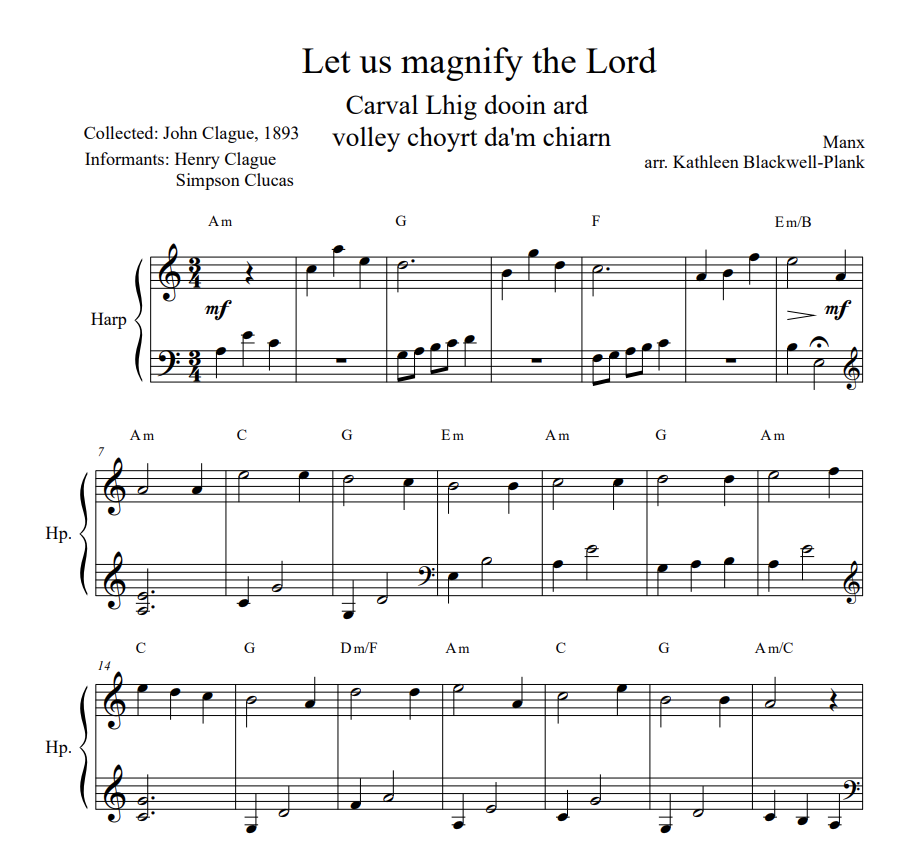
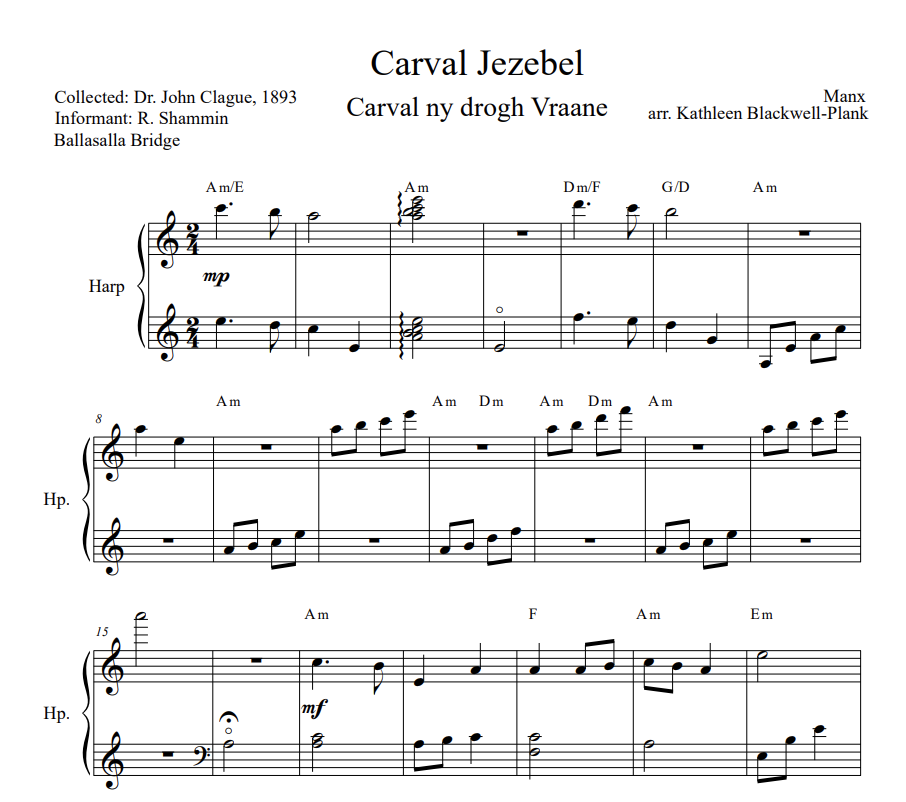
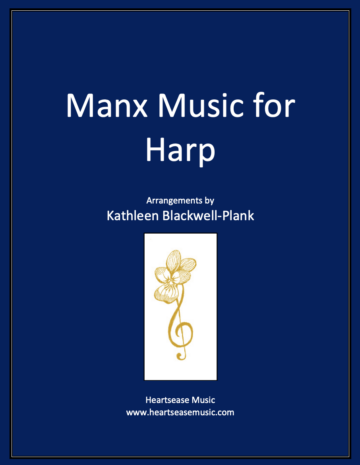

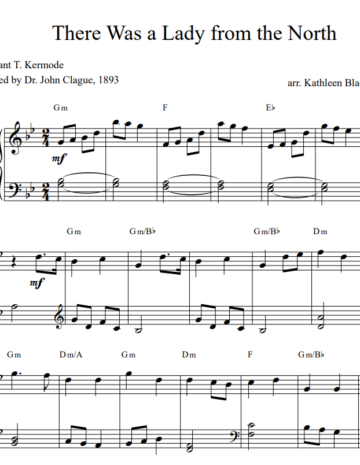

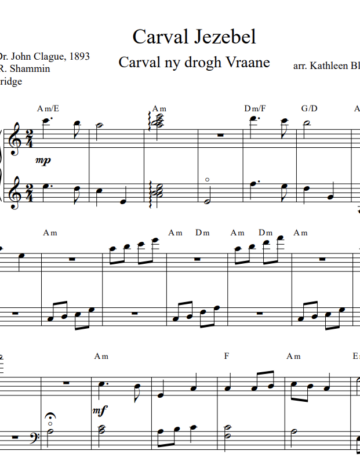
Reviews
There are no reviews yet.